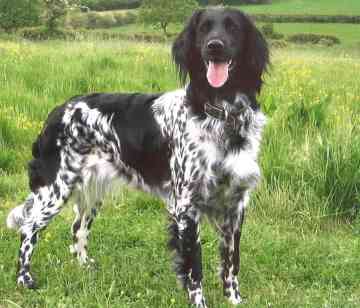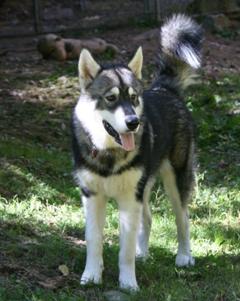Large Munsterlander
Large Munsterlander Rescue: Give Them Hope

-
Breed Group : SPORTING
-
Origin : Germany
-
Average Height : 23" - 26"
-
Average Weight : 50- 70 lbs.
-
Life Span : 12 - 14 years
Photo Courtesy of :
-
Size
1 2 3 4 5 6 7 8 9 10 -
Energy
1 2 3 4 5 6 7 8 9 10 -
Intelligence
1 2 3 4 5 6 7 8 9 10 -
Ease of Training
1 2 3 4 5 6 7 8 9 10 -
Hypo-Allergenic
1 2 3 4 5 6 7 8 9 10 -
Shedding
1 2 3 4 5 6 7 8 9 10 -
Good with Kids
1 2 3 4 5 6 7 8 9 10 -
Good with Other Pets
1 2 3 4 5 6 7 8 9 10 -
Guard Dog
1 2 3 4 5 6 7 8 9 10






